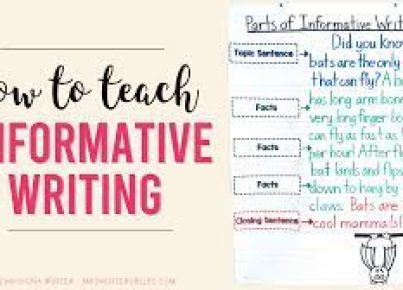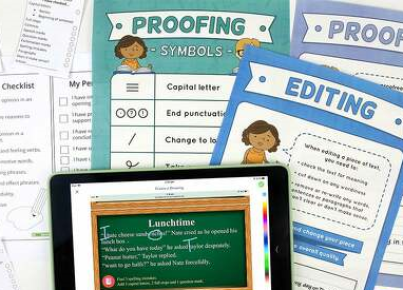Fables have been an integral part of human storytelling for centuries. As short stories with moral lessons, fables captivate young minds while teaching essential values and life skills. Inculcating an appreciation for fables in students not only enhances their reading and writing abilities but also instills virtues that stay with them throughout their lives. Here’s how educators can effectively teach children to read and write fables:
1. Introduce the concept of fables
Start by explaining what a fable is—a brief, fictional story that usually features animals with human-like qualities and concludes with a moral lesson. Share examples of popular fables, like Aesop’s Fables and discuss the impact they have had on literature.
2. Familiarize students with common elements
Ensure that students understand key components of fables. These typically include a simple plot, animal characters, vibrant illustrations, dialogue, and universally applicable morals. Encourage them to voice their opinions about these elements before diving into the world of fable creation.
3. Read various fables aloud in class
Allocate time for reading various fables aloud in the classroom to expose your students to different styles, structures, and themes. Interactive reading sessions will encourage students to engage with the text — asking questions or offering interpretations — while providing a platform for lively discussion.
4. Teach the art of finding morals
One of the most striking features of a fable is its association with a moral lesson. Train students in identifying morals within stories by examining characters’ actions and consequences. This process will sharpen their analytical skills and help them appreciate the deeper meaning behind narratives.
5. Encourage creative writing
Invite your students to write their own original fable using the elements you’ve discussed in class: a simple plot, animal characters with human-like traits, dialogue, and an overarching moral lesson. Allow their creativity to flow without imposing strict boundaries on their compositions, sparking an interest in the magic of storytelling.
6. Peer review and feedback
Organize small-group critique sessions where students can share their fables, provide feedback, and make suggestions for improvement. This process fosters collaboration and a sense of community while refining communication skills.
7. Publish and celebrate students’ fables
Compile the students’ best fables into a booklet or online publication to celebrate their efforts and accomplishments. Displaying their work for others to read instills a sense of pride in the students and motivates them to keep exploring new realms of literature.
In conclusion, teaching students to read and write fables can be a rewarding experience for both educators and their pupils. Implementing these strategies will not only improve reading and writing skills but also instill crucial social values, transforming young minds into well-rounded individuals.




